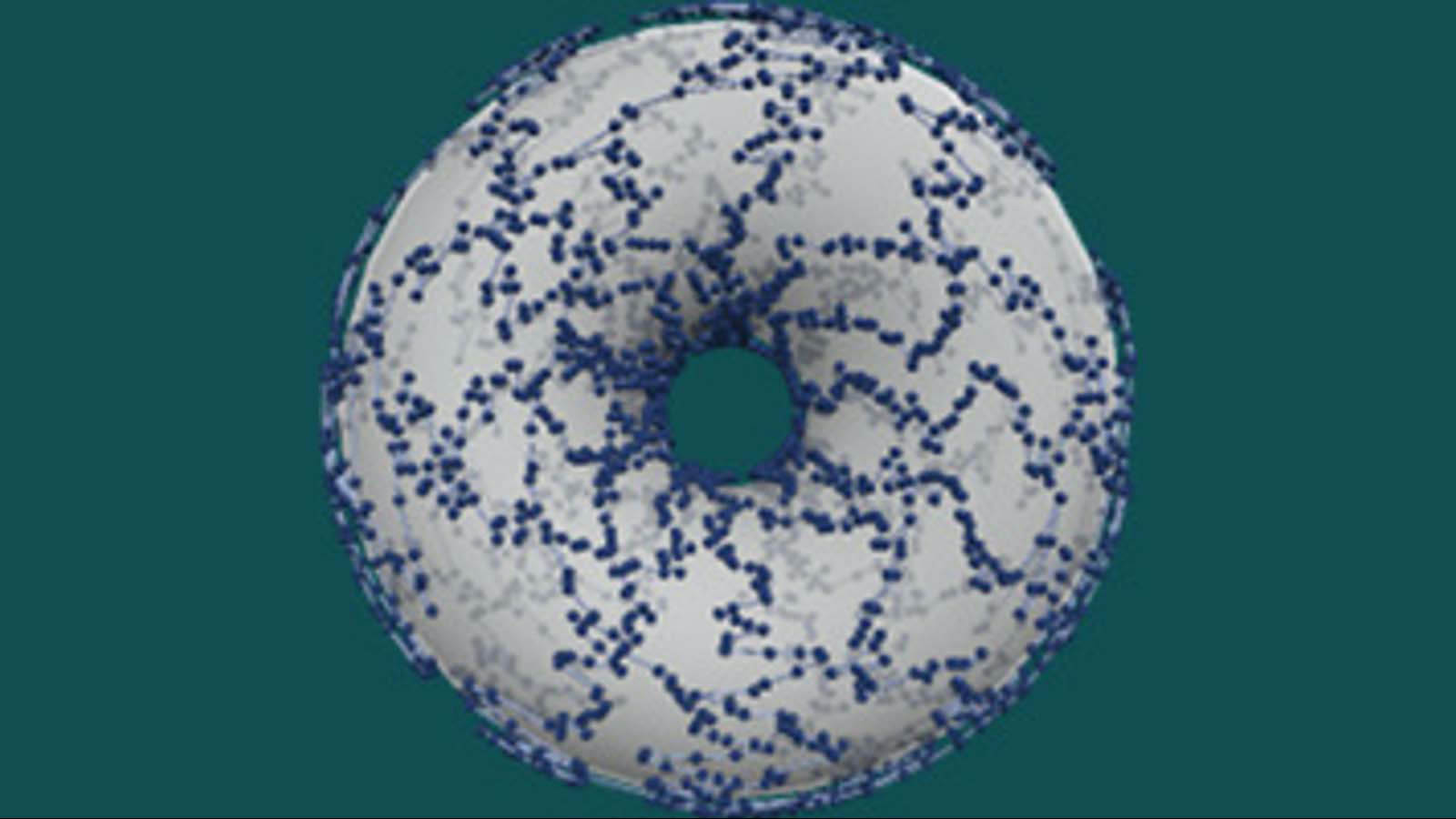

(Booth Talk from SC20)
The efficiency of the Path Integral Quantum Monte Carlo (PIMC) algorithm, and in general any Monte Carlo technique, relies on the performance of the used pseudo-random number generator (pRNG). This includes both statistical quality and time efficiency. The choice of pRNG is more important in high-performance computing as time and resource allocation are often not unlimited. In this work, we have created a header-only pRNG library that provides an extensible interface to a number of modern pRNG engines. To benchmark, we simulate the state of a harmonically trapped quantum particle, establish its agreement with known theoretical results, and compare the speed of three modern pRNG engines.